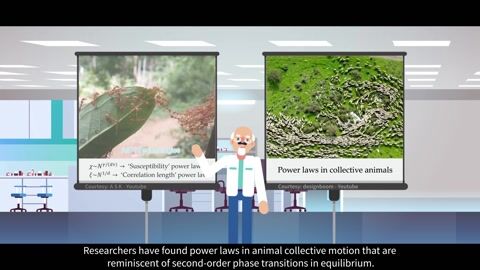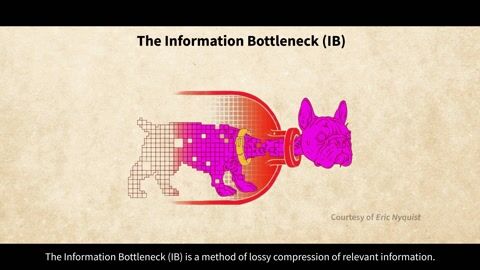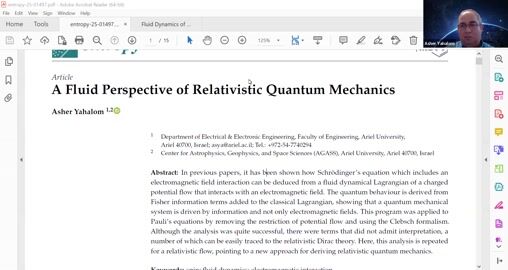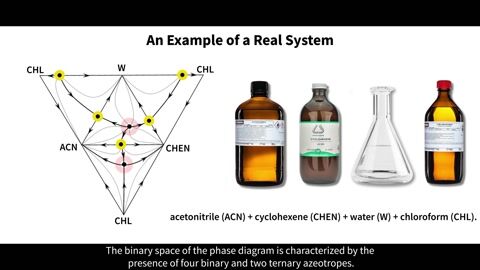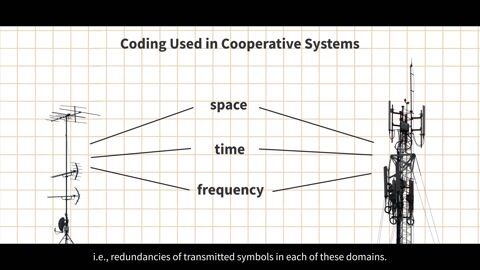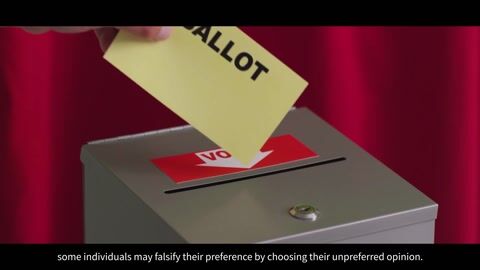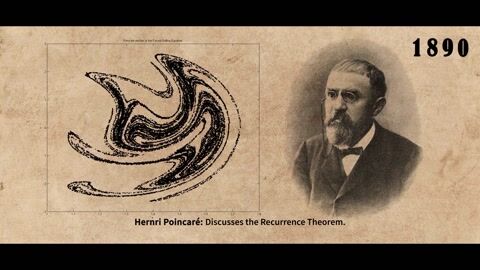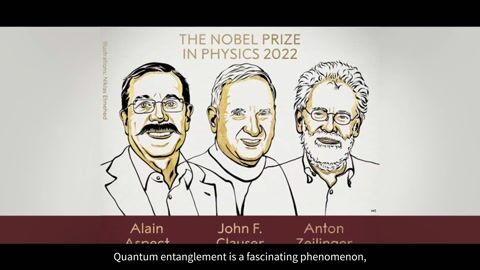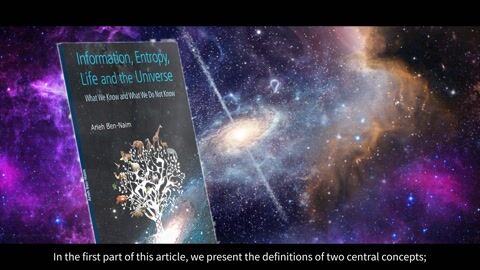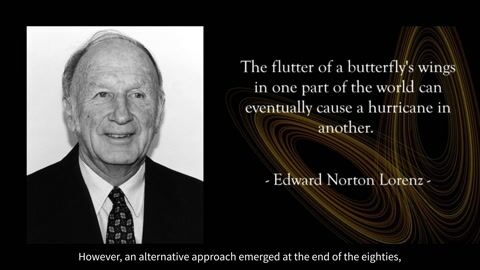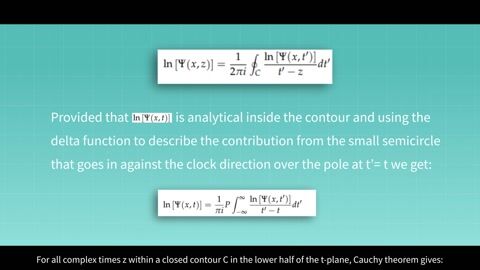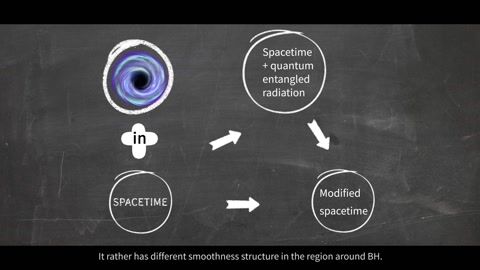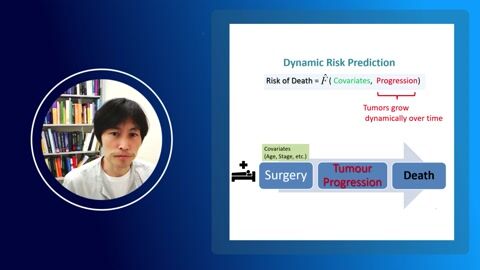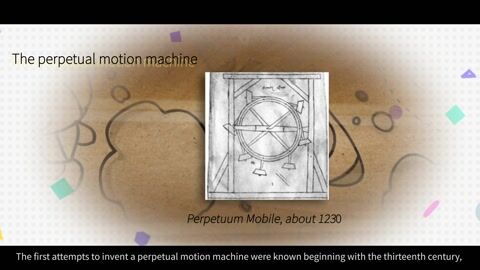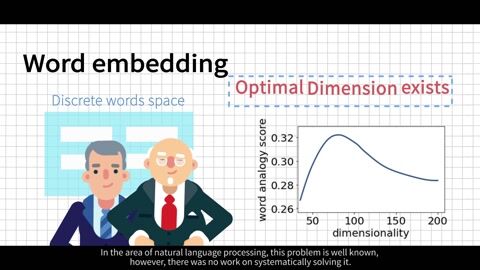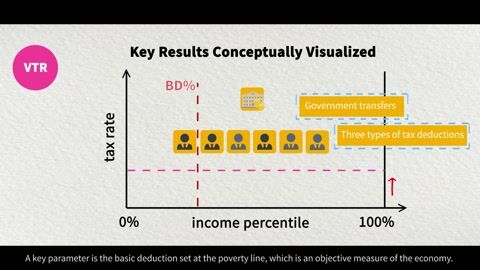- Subjects: Economics
- |
- Contributor:
- Donald Jacobs
- income tax
- tax deduction
- income redistribution
This video is adapted from 10.3390/e23111492
How can an income tax system be designed to exploit human nature and a free market to create a poverty free society, while balancing budgets without disproportional tax burdens? Such a tax system, with universal character, is deduced from the following guiding principles: (1) a single tax rate applies to all income types and levels; (2) the tax rate adjusts to satisfy budget projections; (3) government transfer only supplements the income of households with self-generated income below the poverty line; (4) deductions for basic living expenses, itemized investments and capital losses are allowed; (5) deductions cannot be applied to government transfer. A general framework emerges with three parameters that determine a minimum allowed tax deduction, a maximum allowed itemized deduction, and a maximum deduction defined by income percentage. An income distribution that mimics the United States, and a series of log-normal distributions are considered to quantitatively compare detailed characteristics of this tax system to progressive and flat tax systems. To minimize government dependency while maximizing after-tax income, the effective tax rate (ETR) as a function of income percentile takes the shape of the letter, V, inspiring the name victory tax, where the middle class has the lowest ETR.







